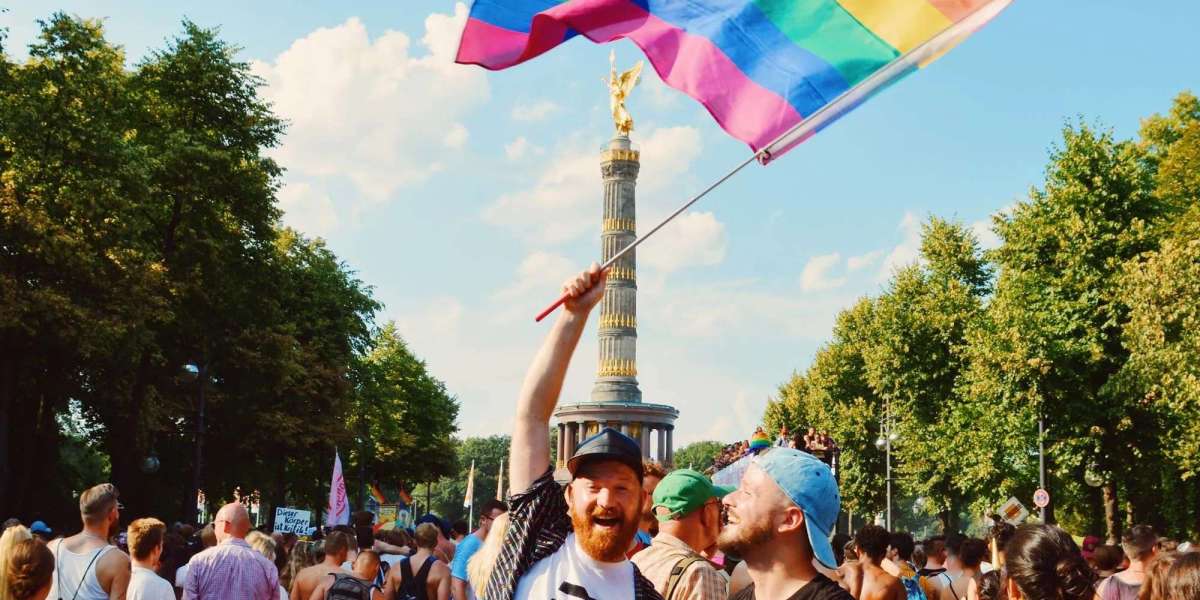LGBTQ+ Pride parades have always been about visibility, liberation, and celebrating diverse identities. Over the years, fetish gear has become a powerful and unmistakable part of these events. From leather harnesses to bold rubber outfits, this gear carries history, meaning, and pride that go far beyond just being eye-catching.
A History Rooted in Resistance
Fetish gear first appeared in Pride marches during the 1970s, when leather and kink communities began stepping out of the shadows. At a time when queer people faced criminalization and stigma, wearing leather or a mens bondage harness was an act of defiance. It said: We exist. We are proud. We will not hide.
For many, this gear was more than clothing; it was a symbol of survival, community, and sexual freedom.
Visibility and Representation
Seeing fetish gear at Pride is about representation. Just like rainbow flags highlight queer identity, leather and kink gear highlight subcultures within the LGBTQ+ community. For leather men, pup players, rubber enthusiasts, and bondage lovers, Pride provides a safe space to show up authentically.
It also challenges mainstream society to acknowledge that queer sexuality is multifaceted and cannot be neatly separated into “acceptable” and “unacceptable” expressions. Items like a leather jockstrap remind us that Pride is also about reclaiming sexual expression without apology.
A Celebration of Sexual Freedom
Fetish gear represents the right to embrace desire without shame. Harnesses, cuffs, masks, and rubber gear aren’t only about kink they’re about reclaiming sexuality as something joyful and worthy of celebration.
At Pride, this visibility reminds the world that LGBTQ+ liberation has always been tied to sexual freedom. The Stonewall uprising itself was rooted in resisting laws that targeted queer bodies and intimacy.
Breaking Down Stereotypes
Some critics argue that fetish gear at Pride is too explicit, but for many in the community, it’s about breaking stereotypes and rejecting respectability politics. Pride is not just a family festival it’s also a protest, rooted in rebellion. By wearing fetish gear proudly, participants remind us that LGBTQ+ history is inseparable from queer sexuality and fetish culture.
Inclusivity Across Generations
Today, you’ll see a wide range of people in fetish gear at Pride, young adults discovering their identity, seasoned leather veterans, and even senior members who paved the way for LGBTQ+ rights. Whether it’s bold leather, colorful latex, or even playful gear like a sex sling, these expressions highlight the diversity and creativity within queer communities.
This inclusivity shows that fetish culture isn’t a niche—it’s a living, evolving part of queer history that continues to inspire new generations.
Conclusion
Fetish gear in LGBTQ+ Pride parades is more than a bold fashion statement. Its history, visibility, protest, and celebration all rolled into one. Leather, rubber, and kink gear honor the struggles of the past while affirming the freedom of today.
By embracing fetish gear at Pride, the LGBTQ+ community sends a clear message: sexuality is not something to hide, it's something to honor, embrace, and proudly display. Pride, after all, is about living openly and authentically, and fetish gear plays a vital role in making that vision visible.



